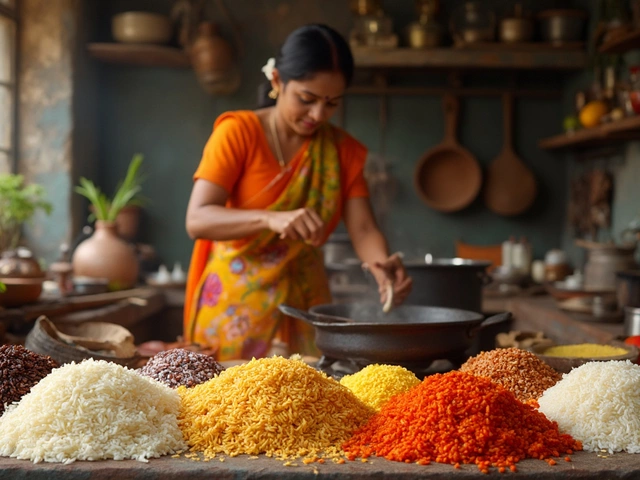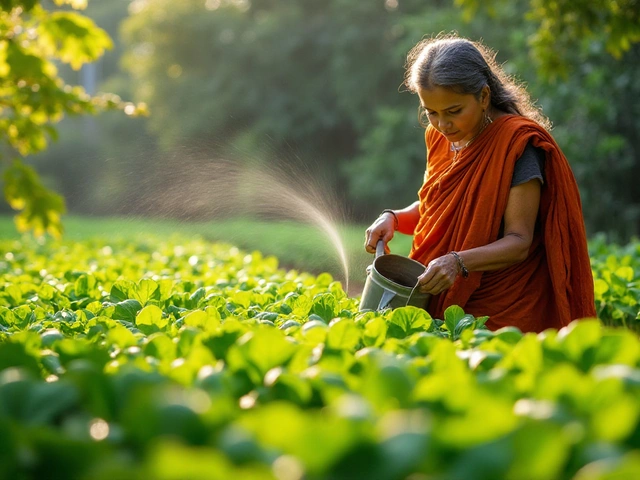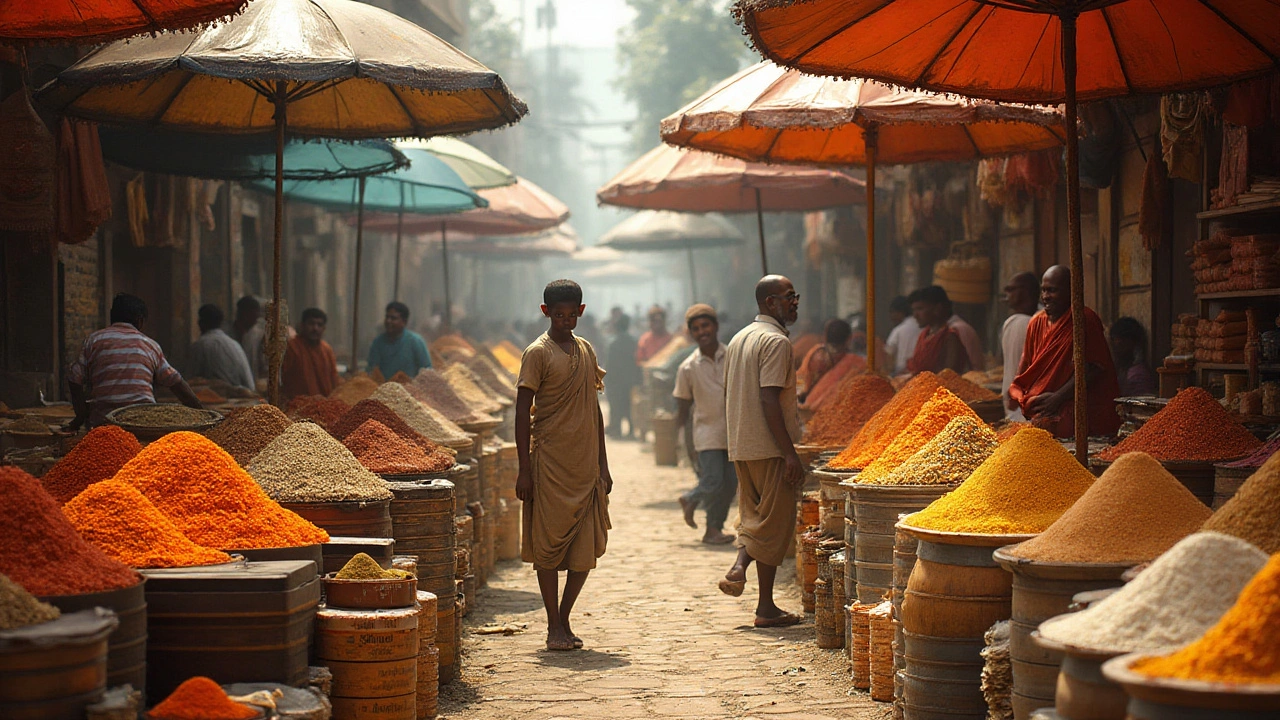Rice Demand in India – Current Trends and What They Mean for You
India eats a ton of rice every day, so any shift in demand hits farms, markets, and your kitchen. Over the past few years, demand has risen because the middle class is growing, more people are moving to cities, and rice is still the staple for many meals. At the same time, export opportunities are opening up, especially to the Middle East and Africa. This mix of local need and global sales keeps the rice market lively and a bit unpredictable.
Why demand is changing
First, income growth means families buy a little more rice and try premium varieties like basmati or aromatic hybrids. Second, seasonal festivals drive short‑term spikes – think of the huge buying rush before Diwali or Sankranti. Third, climate patterns affect how much rice is harvested, which in turn pushes prices up or down. A weak monsoon can cut supply, and suddenly the same amount of rice costs more, nudging buyers to look for alternatives or pay higher rates. Finally, government policies such as minimum support prices (MSP) and export bans create waves that ripple through the whole supply chain.
How growers can match demand
If you grow rice, the first step is to understand your soil. The best soil for rice cultivation is a heavy, water‑holding type – clay loam works well. Adding a bit of organic matter improves texture and boosts yields. Next, pick a variety that fits the market you want. High‑yield hybrids are great for bulk buyers, while premium basmati fetches more per kilogram in export markets. Use drip irrigation wisely; buried drip lines can save water and keep fields uniform, especially when water is scarce. Keep an eye on the latest price trends – the “Risks of Rice Business” post highlights how sudden price swings can bite, so diversify your sales channels early.
Another practical tip is to track how many grains each plant can produce. On average, a healthy rice plant gives about 100–120 grains, but with good spacing, proper fertilisation, and pest control you can push that number higher. Knowing the yield per plant helps you plan how much land you need to meet a target market demand, whether it’s for local millers or overseas buyers.
Finally, stay connected with local experts and extension services. They can give you real‑time weather updates, advice on fertilizer timing, and alerts about pest outbreaks. By acting on this information quickly, you reduce loss risk and keep your harvest competitive. The bottom line: match the right soil, variety, and water system to the demand patterns you see, and you’ll stay ahead of price shifts and market changes.
Keeping an eye on demand isn’t just about numbers; it’s about understanding the people behind the purchases. When festivals approach, plan a little extra. When a new export route opens, consider a premium batch. By staying flexible and using simple, proven practices, you turn demand fluctuations into opportunities rather than worries.
Global Demand for Rice: Exploring the Hotspots
Rice, a staple food for over half the global population, sees significant demand in Asia, where countries like China and India dominate consumption. As diets diversify, rice demand in Africa and parts of Latin America is growing. Additionally, climate change impacts cultivation and international trade shapes market dynamics. This article delves into where rice is most in demand and the factors influencing these trends.
About
Gardening
Latest Posts


How to Make Bad Dirt Good: Simple Fixes for Tired Garden Soil
By Alden Thorne May 11, 2025

Best Fruits and Vegetables to Grow in Pots for a Thriving Balcony Garden
By Alden Thorne Jan 12, 2025

Discovering India's Healthiest Vegetable for Your Garden
By Alden Thorne Dec 14, 2024

